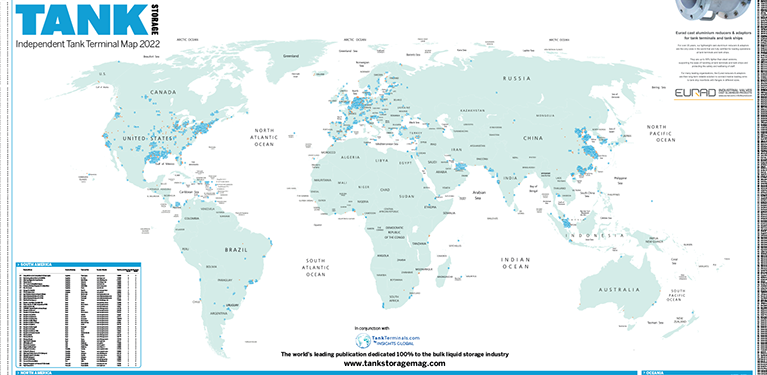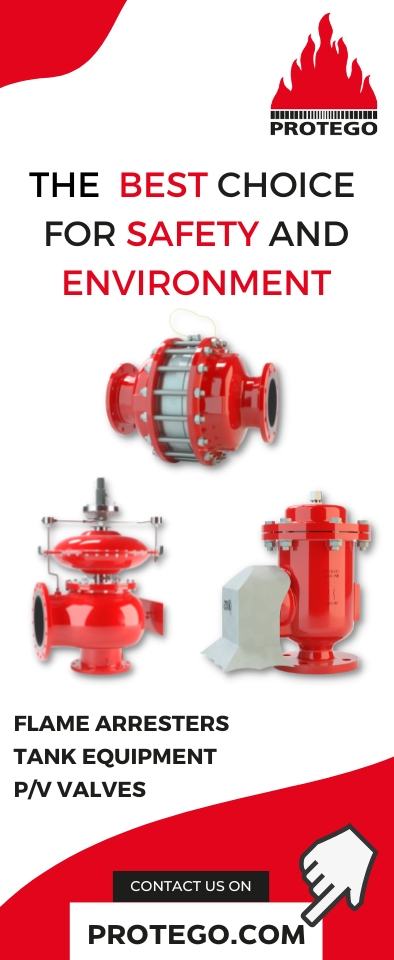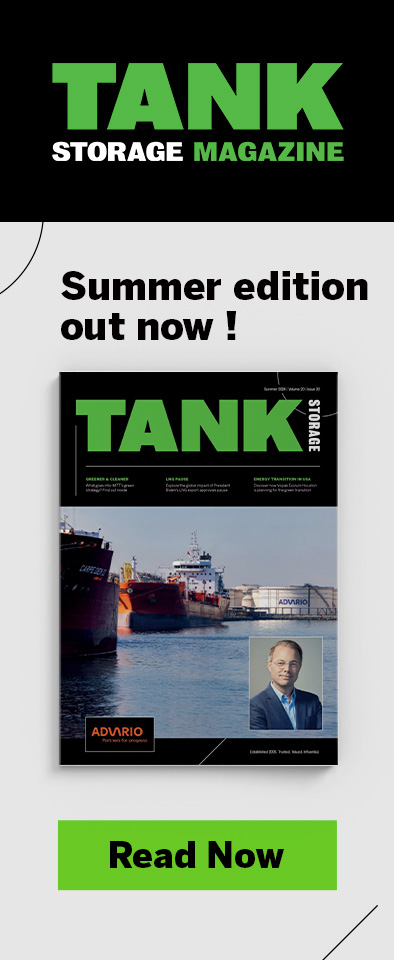Emerson’s Richard Ireland runs through updates to the API 2350 standard for overfill prevention of atmospheric storage tanks
The dominance of the US in hydrocarbon extraction, refining and transportation is supported by the existence of ample, efficient and safe hydrocarbon-storage facilities. The American Petroleum Institute (API) is the recognised standards development organisation for every aspect of the hydrocarbon supply chain. Keeping the precious liquid inside the pipeline or inside the tank is of utmost importance for safety and low environmental impact.
API 2350 is the standard (of minimum requirements) for overfill prevention in atmospheric storage tanks. The standard (formerly referred to as a ‘Recommended Practice’) is now in its 5th edition. Upon the release of Edition 4 in 2011, RP 2350 was elevated to a ‘Standard’ to stress the importance of overfill prevention in the fuel supply chain. We can now explore the re-visitation of the standard in the newly released Edition 5.
SCOPE OF STANDARD
The API 2350 standard is written to apply to all storage terminals with API 650
(atmospheric) tanks that contain NFPA Class I or II liquids and also wheeled vehicles containing the same.
Generally (with some exceptions) it does not apply to tanks of 1,320 US gallons (4,997 L) or less, LPG or LNG storage tanks, tanks covered by PEI RP 600 (Overfill RP for shop-built tanks), or dedicated pipeline relief tanks.
MAJOR COMPONENTS
OF THE STANDARD
Terms, definitions and acronyms
As always, getting on the same page with the glossary of terms is a good place to start. I highly recommend a read-through of this section. This can eliminate misunderstanding of such terms as ‘attendance’ versus ‘monitoring’ for example.
Overfill prevention system (OPS)
The OPS portion of the standard is the realisation of the standard with references to the various annexes for more detailed information on implementation.
Annex sections
The API-2350 standard can be summed up by the above two sections. Annexes A through G are almost acting as an important, built-in reference library containing detailed information, calculations and examples to provide guidance to the owner/operator wishing to comply with the standard. Most of the annex information is for informative purposes where some are more prescriptive (or normative).
SUMMARY OF THE OVERFILL PREVENTION PROCESS (PRACTICE)
4.2 Requirements for
a management system
Based on many more-recent overfill incidents, it was determined by the industry that poor procedures significantly increase the possibility of an overfill incident. Thus, it has been determined that requiring the tank owner/operator to develop a satisfactory ‘management system’ which clearly outlines operating procedures, tank data, alarm setpoints, calibration data etc. This must be implemented, but edition 5 provides no real prescriptive guidance and relies on the owner/operator to review the full section 4 practice and determine what needs to be designed and implemented that works best for their facility.
4.3 Requirements for
a risk assessment
The science of assessing risk comes down to one basic formula –
RISK = CONSEQUENCE x PROBABILITY
API 2350 does not prescribe exactly how to go about performing a risk assessment at your facility. There are three very informative annexes provided to guide the owner/operator:
- Annex E – An informative overview of risk assessment techniques.
- Annex F – Considerations at the transporter/owner interface (transfers)
- Annex G – Informative description of categorisation of tanks for a risk assessment. The owner/operator may choose to use this method of categorisation for risk assessment, which elevates the annex to become a ‘normative’ requirement as part of edition 5.
4.4 Defining operating parameters
When do ‘bad things’ happen? This question should be answered before hydrocarbon liquid is allowed flow into a tank. Each tank has certain vital statistics, such as the ‘critical high level’ where liquid spills from the tank. These important levels of concern (LOCs) must be determined for each tank in the facility.
Annex D provides a detailed approach to determine these parameters. The method of terminating flow (manual or automatic) is also a factor in this section. If ‘automatic overfill prevention’ (AOPS) is the chosen method, then Annex A is followed. Response time (from alarm sounding to flow termination) also needs to be determined by the owner/operator or otherwise conform to very conservative LOC levels that could effectively decrease useable storage capacity of the tank. API states that a 3’ minimum liquid level safety margin below ‘critical high’ be maintained in any implementation of the OPS.
4.5.1 Procedure for operations
The most important factor in preventing overfill incidents is operational planning and awareness. Relying solely on instruments, sensors and systems to guide you or save you requires very sophisticated and pricey safety integrity level (SIL) rated gear that most facilities find unaffordable. It makes much more sense to implement clear and deliberate operating procedure for all aspects of a product receipt. Pre-planning for the receipt, establishing activities that need to be addressed before the receipt arrives. The same for the period during receipt and documenting the completion. Abnormalities and emergencies can arise. Procedure needs to be in-place as to how to handle these events (This should be clearly defined in the management system). Training and drill procedures should be implemented and practiced.
4.5.3 Procedure for testing, inspection and maintenance of
OPS equipment
We all know the saying ‘Trust but Verify’ and this portion of the OPS walks the owner/operator through the procedures and frequency requirements for verifying (AKA proof-testing) the important sensors and systems in the overfill prevention safety loop. Varying types of sensors are discussed in Annex C with differing testing procedures and testing intervals associated to each type. Annex H provides owner/operators with informative considerations when deciding on a proof-testing regime.
5.1 Types of overfill
prevention systems
There are basically two types of overfill preventions systems for receipt termination:
- Manual overfill prevention systems (MOPS) – Flow is terminated by a manual valve or an actuated valve that is closed by a manual operation.
- Automatic overfill prevention systems (AOPS) – A closed loop of sensors and logic solvers that determine the overfill condition and automatically terminate flow.
Wireless technology in the OPS – The goal of the standard is to make overfill prevention a priority with owner/operators. It also recognises economic barriers such as high installation costs due to lack of wiring infrastructure at many facilities. Edition 5 points to the use of modern, digital wireless networks as an acceptable means of deploying overfill prevention utilising International Electrotechnical Commission (IEC) and Industry Standard Architecture (ISA) network standards now widely available from major device manufacturers.
Owner/operators need to determine based on the result of their risk assessment, which system provides adequate operation by lowering risk, lowering response time or all of the above. If AOPS is chosen, Annex A becomes a prescriptive part of implementation of these systems.
5.2 Tank category criteria
One of the main outcomes of the risk assessment is proper categorisation of the tanks within the facility. It is important that the criteria for category determination and the categories themselves make sense across the industry, from facility to facility. Annex G provides informative guidance on determination of tank category.
Considerations in determining are for example: –
- How is the facility attended? Fully? Partially?
- Where are the levels monitored? Locally? Remotely?
- How are alarms monitored and handled?
The overall operational complexity of the facility must be taken into considerations as well.
CONCLUSION
Not only does our industry count on us to operate in a safe and environmentally friendly manner, our fellow citizens and our families do not give us permission to do otherwise! The API 2350 standard is one of many very important industry standards that were developed by the industry and for the industry. We are fortunate to have the ability of a great amount of procedural self-governance versus being ruled with a bureaucratic heavy hand.
The concept of overfill prevention is very simple but there are many things to consider before implementing a system within a facility. API 2350 attempts to frame these considerations into clearly understandable concepts and provide informative examples as a guide. Edition 5 has further focussed the task on the most important aspects of the standard and allows each owner/operator to determine methodologies that best suit their operating culture.
For more information:
Richard Ireland is from Emerson Automation Solutions, Rosemount Tank Gauging North America.


